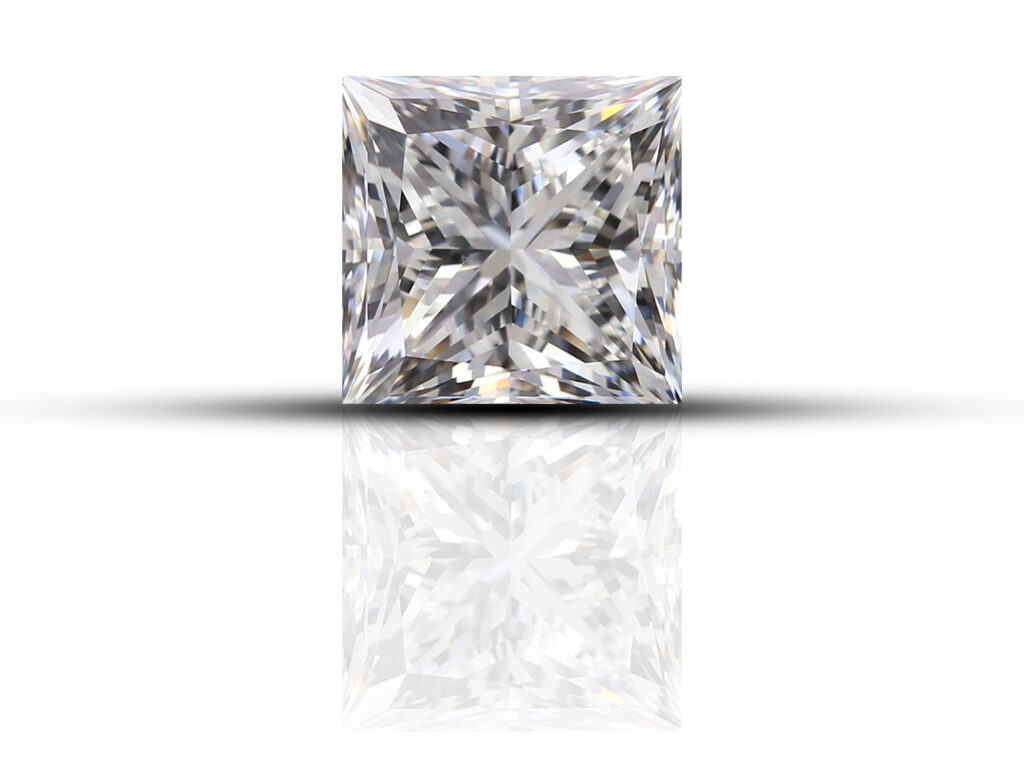When buying a diamond, especially the first time, it can be difficult to understand all the details that comes with choosing your perfect stone. Its no secret diamonds are expensive, but you also don’t want to be paying over the odds for what you actually get. At A&M Diggle, we do everything we can to keep the price as low as possible so you get the best diamond for your money.

The diamond cut does not necessarily mean the shape of the stone. It means the quality of how the diamond has been cut. When you get a certified diamond with a top certification (like GIA) it will tell you on the inside the quality of the cut. These are graded as either poor, fair, good, very good or excellent. The better the cut, the better the stone looks. If you get a stone that is cut poor, it can look lumpy, no sparkle and quite dull, but these are usually quite cheap stones. Excellent stones are a lot livelier and very sparkly (depending on the colour too).

Absence of colour in diamonds is a good thing in most cases, unless you are looking for a coloured diamond such as a yellow diamond ect. The less colour in the stone, the more valuable it becomes. Colour is graded from Z, drawing the most colour, to D, the best colour you can get. If you were looking for an average stone, something not too dear but not too dark, we would usually recommend going for something in the area of J to G. If its something brighter you are after and better quality, you would want to be looking at something in the top three colours, D E and F colours.

The majority of diamonds have small imperfections called inclusions inside of them. Diamonds are naturally made under extreme pressure and this is when they form inclusions, which makes every diamond unique. It is very very rare for a diamond to have no inclusions, but you can get diamonds which have none and these are called internally flawless / flawless. The clarity is graded from I3 being the most included, to a IF / FL which are flawless. In most cases, inclusions aren’t visible to the naked eye and you would need a 10X magnifier to see them, but in some cases you can. For an average stone, we usually recommend something in the range of an SI graded stone, but for a better quality stone, you may want to look at stones ranging upwards from a VS.

The terms carat and points is the way that diamonds are measured in size and is very difficult to tell the exact size without weighing the stone or measuring it with a gage. If the size of the stone is smaller that 1ct, it is referred to in point size, such as 90 points (0.90ct). The bigger the carat, the higher the price. Especially when you go from bellow 1ct to a whole carat, there can be a jump in price. All these factors are usually considered in the final value of the diamond.

There are many reputable jewellery retailers available on the high street and online, but they may not offer the best price. Some big name retailers tend to sell their jewellery at a higher price mark as you are paying more for the brand name and you might find the same (or better) stone elsewhere. You may need to have a look around, maybe ask if the stone has a certification so that you know what the stone is sold as when you bought it.
In our shop, most of our diamonds are on a diamond certificate, mostly GIA. We can source a stone of any colour, clarity and size for a fair and cheaper price than most high street stores. If you have a budget you are working to, we can get some stones in for you to view within your budget before buying. We are also trusted members of The National Jewellers Association so you know you are dealing with professional and trustworthy jewellers.
For more information or to enquire about buying a diamond, click here.

Copyright © 2021 A&M Diggle Jewellery Design and Repairs- All Rights Reserved Web Design by M Blease
Opening Hours:
Monday – Saturday 9:30am – 5pm
Phone: 0151 708 8177
Email: hello@amdiggle.co.uk
Address: 19 Richmond Street, Liverpool, L1 1EE